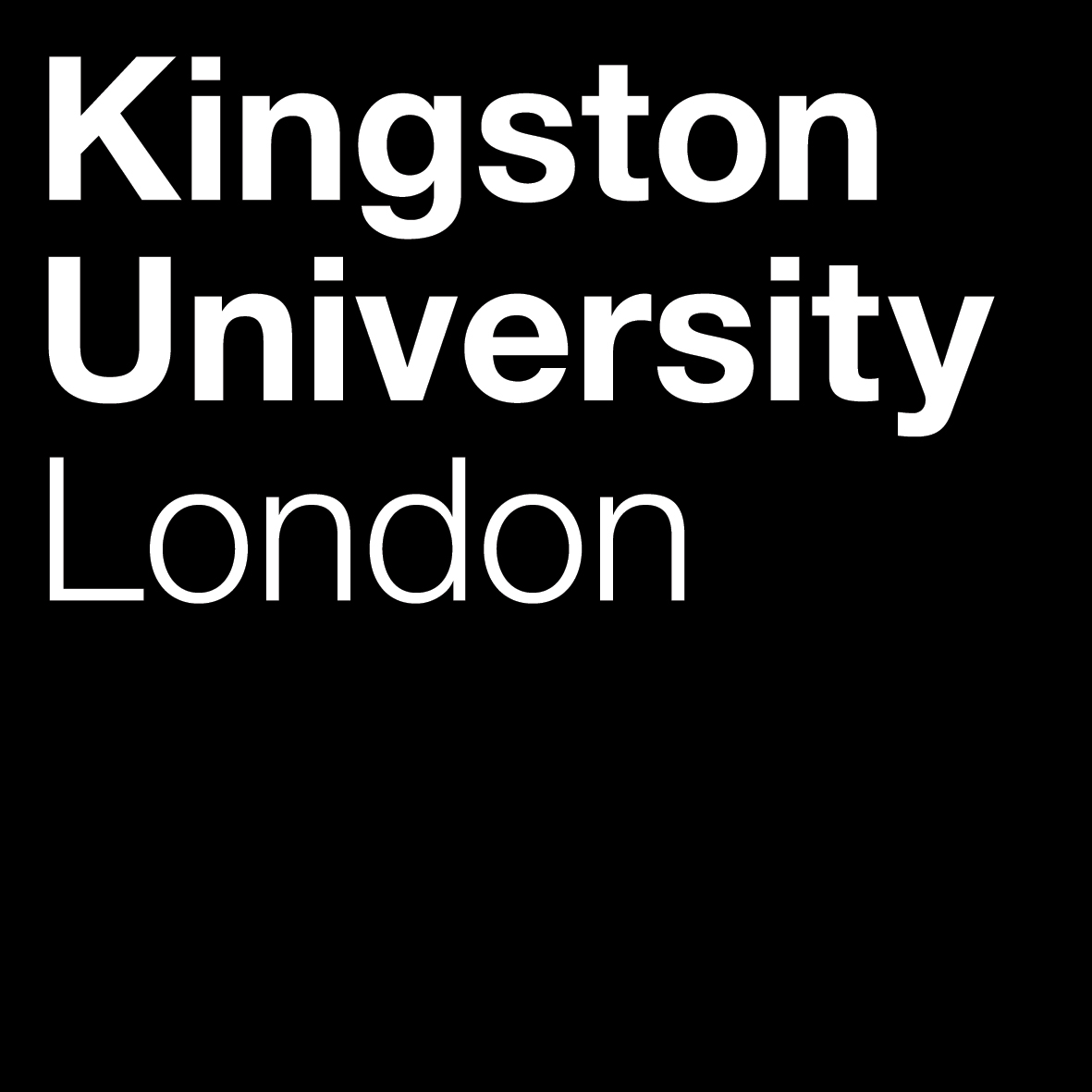Which pathway is right for me?
What is SCITT?
School-centred initial teacher training (SCITT) routes enable a balance of professional studies and subject knowledge enhancement with on-the-job experience in two schools. There is an expectation of employment within our network of partnership schools. In fact, schools see our programme as the recruitment pool of choice!
School-centred means you will be part of the school team from the very start. There is a gradual approach that enables trainees to learn the foundational knowledge, pedagogies and skills incrementally through the central curriculum. Carefully planned school-based training provision enables trainees to deepen learning through observation, rehearsal, reflection and practical application in the classroom, guided by expert practitioners and mentors.
What qualification(s) will I gain?
All programmes lead to the award of QTS - Qualified Teacher Status. This means you are qualified to teach in any school in England.
There is the option to also include the PGCE (Postgraduate Certificate in Education). This is a master's level additional qualification awarding 60 masters credits, which you could use towards a full Master’s qualification. This is usually 180 credits. You may want to do a Master’s in education, for example, for your professional development and to gain additional expertise in your teaching career.
additional qualification awarding 60 masters credits, which you could use towards a full Master’s qualification. This is usually 180 credits. You may want to do a Master’s in education, for example, for your professional development and to gain additional expertise in your teaching career.
A PGCE can give you a better understanding of teaching practices, educational research and theory. It can also be beneficial if you want to teach in other countries because it’s an internationally recognised academic qualification. However, you should always check the local requirements of the country you’re looking to teach in.
What training pathways are available?
There are broadly two pathways that can be followed through the training year - fee paying and salaried. Each pathway has different implications for training as well as their unique benefits. Read on to ensure that you have all the information needed to make the right and most informed choice for your individual needs.
Fee Paying |
Our fee-paying programmes enable trainees to train for Qualified Teacher Status (QTS), whilst being fully immersed in school life. These trainees are based in the classroom of a qualified teacher. They follow a clearly defined school-based curriculum that builds on the centre-based taught programme. Tuition fee trainees are super-numerary, meaning they are 'in addition to' the normal staffing provision. This enables tuition fee trainees the ability to observe the host teacher and other practitioners as well as the time to analyse, reflect and develop their understanding and skills incrementally. Fees for 2024-2025 QTS only - £8250 (full-time) QTS only - part-time option (3 days per week over 5 terms) PGCE and QTS - £9250 |
Salaried and Postgraduate Teacher Apprenticeship
|
Salaried trainees are employed by a placement school. They therefore receive a salary. For those employed in a maintained school, this will be on point 1 of the unqualified teacher pay scale. For those in academies, this would be point one of their equivalent scale. These trainees have employment responsibilities to their school that are in addition to the requirements of the training programme. These will vary from school to school but may include taking responsibility for large amounts of whole-class teaching from the beginning of the year. Other responsibilities may include before/afterschool cover, covering PPA or being the additional adult (the teaching assistant role) in the class. Due to the additional responsibilities and demanding nature of this pathway, salaried routes are often most suitable for those who have an existing relationship with a school, or have significant relevant experience. These routes are highly competitive and subject to school availability. Vacancies within our partnership schools will be advertised here. Fees 2024-2025 The training costs for QTS in these pathways are covered (for salaried trainees) by a government grant and (for apprentice teachers) via the school's apprenticeship levy. PGCE and QTS is an option for these trainees, but the additional PGCE cost would be self-funded. |
What age group can I train in?
Click here to APPLY
We want you!
From day one you feel like a member of the teaching team, you feel that you share responsibility for the care and progress of the children with their class teacher. You become part of the school community. It is hugely valuable having that depth of experience before going on to getting your first job as a teacher.
Jemma, trainee teacher
One huge benefit is that you start the school year in September and you follow those children and their class teacher the whole way through the year so you really feel part of those children’s lives and part of that class.
Headteacher


